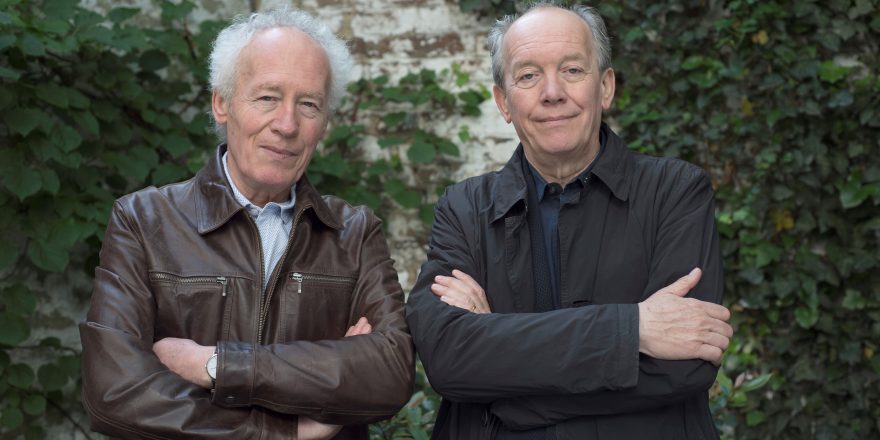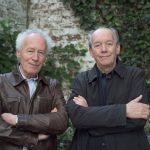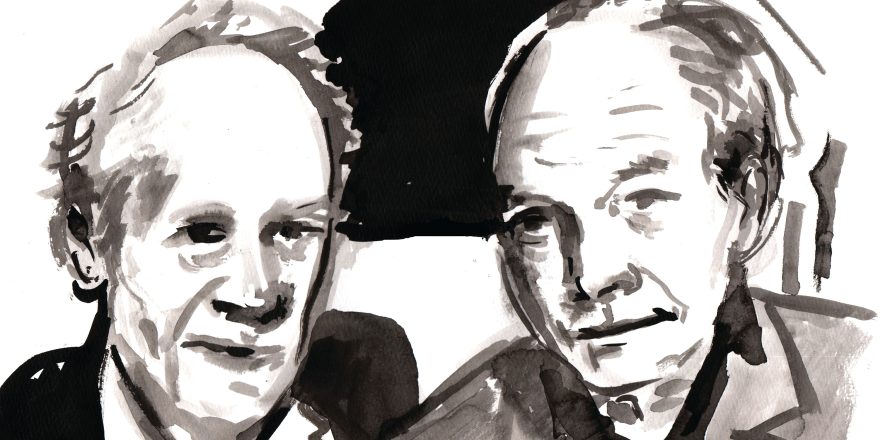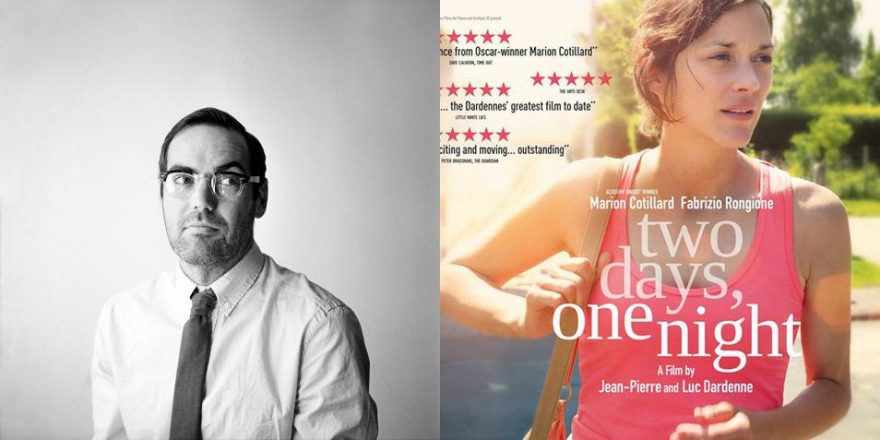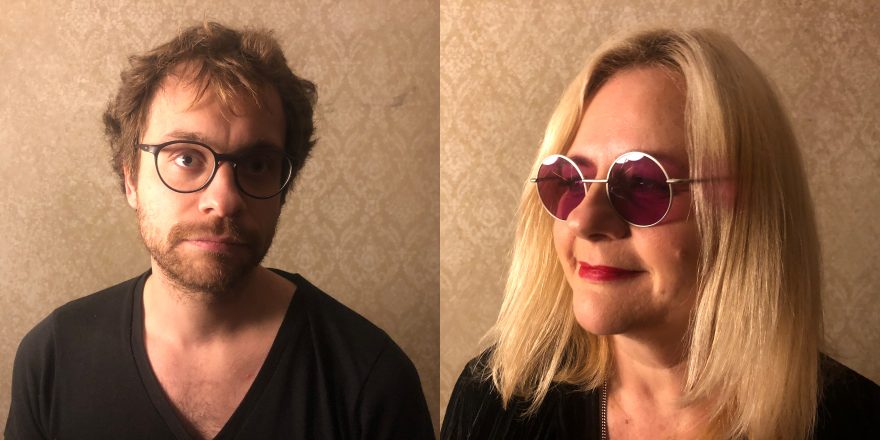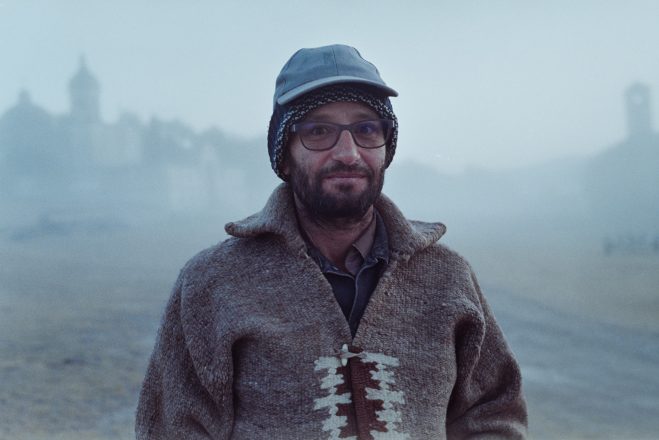Three Great Things is Talkhouse’s series in which artists tell us about three things they absolutely love. To mark the current theatrical release of Jean-Pierre and Luc Dardenne’s latest feature, the immigration drama Tori and Lokita, the double Palme d’Or-winning brothers shared some of the things that mean the most to them in life. — N.D.
We are two filmmakers, but at the same time, we are different. We work together to make films, but we don’t share the same house, the same activities.
Walking in Liège
Jean-Pierre Dardenne: I like to walk by myself a lot. I walk about half an hour to an hour every day in Liège, which is my hometown. It is not a particularly beautiful place, but I like to walk through its streets because there’s a river that runs through it and there are a lot of bridges.
When I’m walking, I empty what’s in my head and let other things flow in. These are moments where I feel great freedom, where I can let go. And sometimes I make connections between elements that I wouldn’t if I were driving through the town in a car. There is maybe a piece of a wall and some trees in the background, or some flowers growing out of the sidewalk, and I piece it all together. I like ambling around and being able to make those unusual connections, and there’s a certain beauty that evolves from that. Walking around like this makes me realize what state the town is in and how the inhabitants are doing. I can see how the population of the town is evolving, how it’s becoming more and more mixed, and how poverty is increasing. Sometimes I think also about Georges Simenon, because Liège was his hometown too.
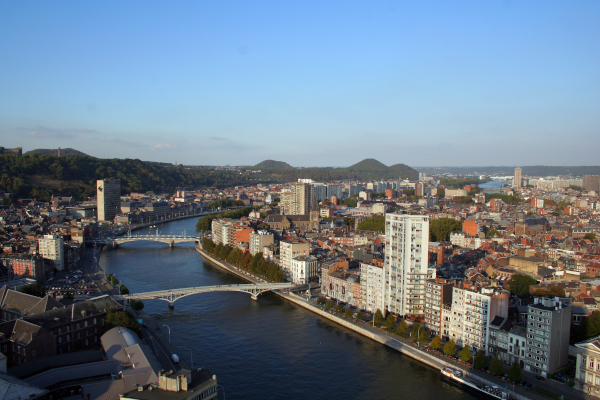
One day when we were doing L’Enfant, I was walking along the river and I saw that there were lots of firemen and policemen, and I found out they were taking a man’s corpse out of the water. People were saying the guy had run away, tried to hide there and grabbed on to a wall, but had slipped, fallen into the river and then drowned. Some said he had stolen from people who had then thrown rocks at him, which made him fall, and the next day I read a theory in the paper that he had stolen something from an old lady and that’s why he’d run. It wasn’t exactly clear what happened, but I think this was an inspiration for the scene in The Child where Jérémie Renier hides and then falls into the water.
Looking at My Paintings
Luc Dardenne: I like to sit and look at art. I have a painting by Benoit Jacques, who’s a painter and a friend of mine, which reminds me a little of Philip Guston. It’s of a woman who’s being caressed by a man who is smoking. The smoke is curling to the top of the painting, and he’s very gently caressing her under her arm. I like to look at this painting.
There’s another painting I’ve only had for a few weeks called “The Sewing Machine” by Arié Mandelbaum. He painted a child sitting on the part of the sewing machine that moves when you’re sewing. It’s a big painting, two meters by two meters, and the machine and the child are small and in the middle. At the top, there’s some thread which has blood on it. It’s really the story of a Jewish child, because Arié Mandelbaum’s father was a tailor in Brussels who had to flee the Holocaust. He worked in the coal mines of Seraing (where we shoot our films), because a communist deputy there who sympathized with the Jews hired him to work as a miner and helped him and his family stay alive. I’m very moved by the story and this painting, which is about a hidden child, who is concealed within the painting. “The Sewing Machine” has a lot of white around it and it allows you to imagine what happened to the people, for instance, the mother, who had to give her children up to organizations that could try to save them. That’s the most courageous thing: to separate yourself from your child in order to ensure their survival.
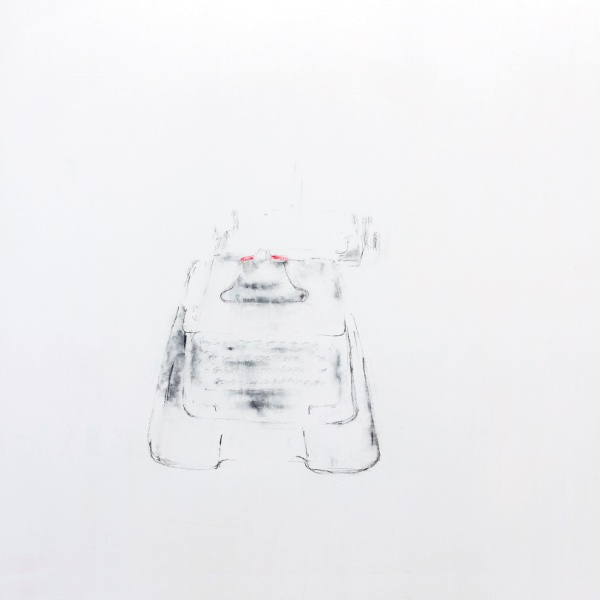
“The Sewing Machine” is very delicate and fragile. Sometimes I’ll sit and look at it for 20 minutes or a half hour. I sit there and I dream. I don’t know why, but in life, there are some things I love to look at. I also have two photos in my home that I often look at which have become a bit like companions in my life. These are fictions, not real things; it is the presentation which tells me more than reality.
Talking About Our Characters
Jean-Pierre and Luc Dardenne: What we talk about most of the time is the characters we’re working with. We talk about our films, both documentaries and fiction. We talk about the people we worked with, including people from the documentaries who might be useful for the projects we’re working on now.
We talk about things that happened with the labour movement in the nearby town of Seraing and the other people we met at that time in the ’70s. What stayed with us from that time is that we were two guys with a small camera who represented nothing. We were unknowns amongst unknowns. With the contacts we had, we met a lot of militant laborers, both men and women. We would ring their doorbell and ask the people who had led protests or been militant for the working class, “Would you be willing to be in our film? We’d like to film where you actually led protests and where you worked.” And, for whatever reason, these people trusted us.
We talk mostly about the characters we’re developing, whether they are going to be male or female, white, Black or Arab. At the start, a film is not very defined and we don’t necessarily know exactly what it’s going to be about. We talk a lot about who’s going to be the main character.
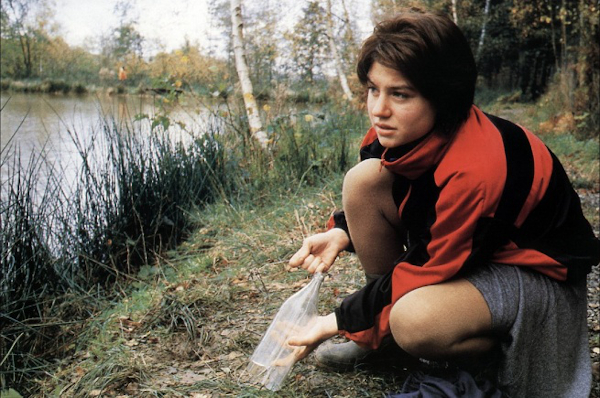
As references for characters in the films we make, we also think about people from our childhood and from the village or people we saw on TV programs or documentaries that were produced by friends of ours. It was thinking about our father that led to Olivier Gourmet’s character in The Son having a large woodworker’s belt. Our father’s own belt was the prop we used in that film.
With the title character in Young Ahmed, for a long time we were thinking about a character who would be about 18. And at first it was a woman, then it became the man and finally a child. We work together, but it’s also an individual experience how each one of us responds in terms of the characters. With Rosetta, a family situation like hers was not part of our experience, but we met a lot of girls and gradually saw different elements in them, and in other things, that led us to creating Rosetta.
Featured image of Jean-Pierre and Luc Dardenne is by Christine Plenus, courtesy Kino Lorber.


